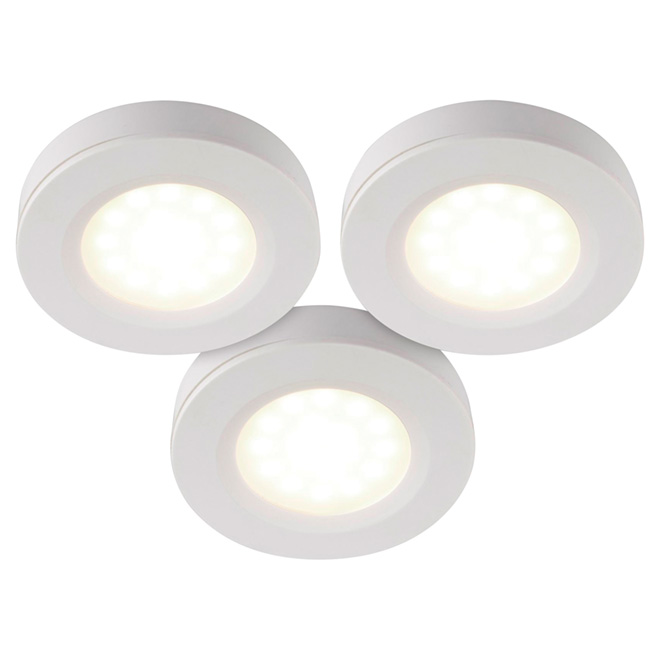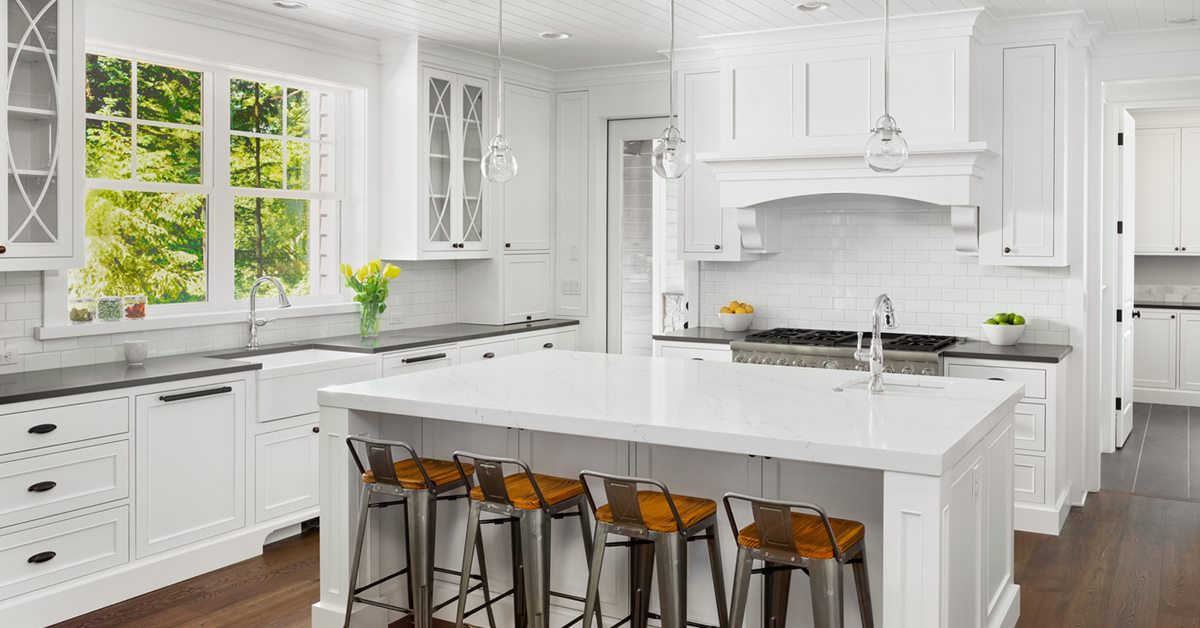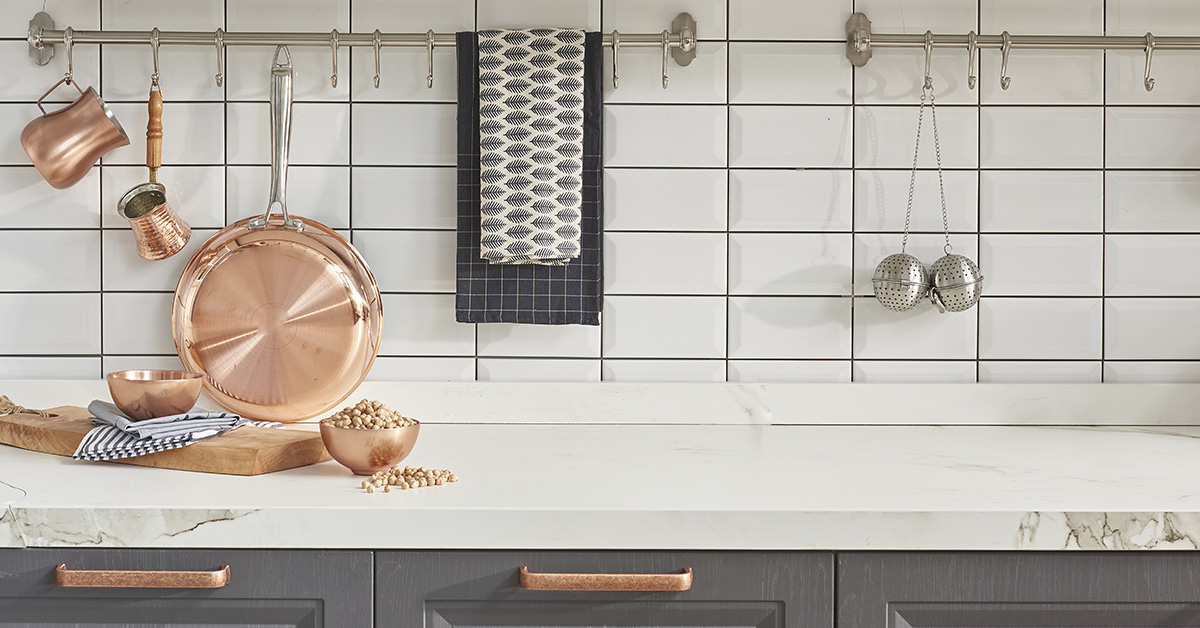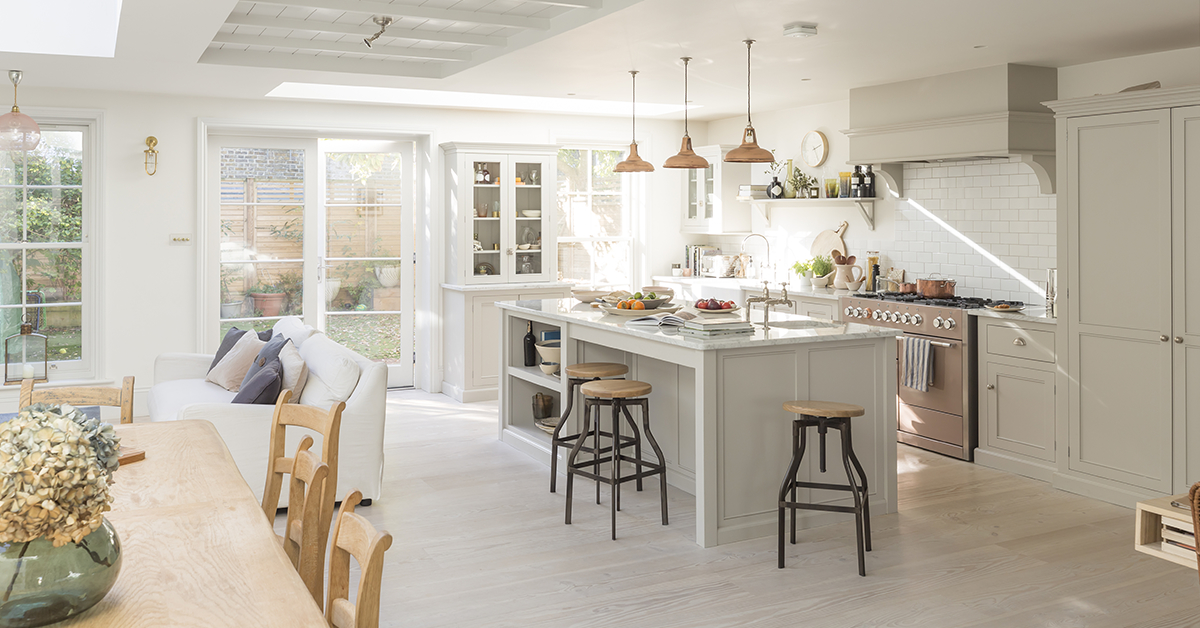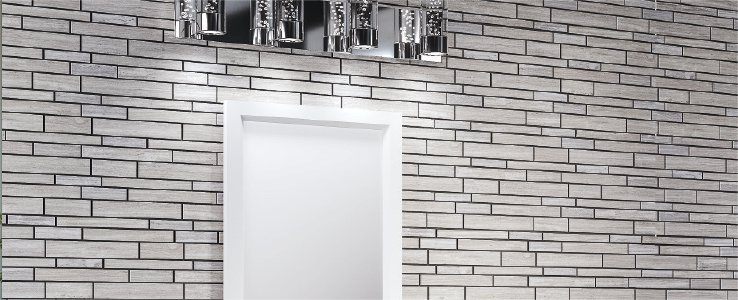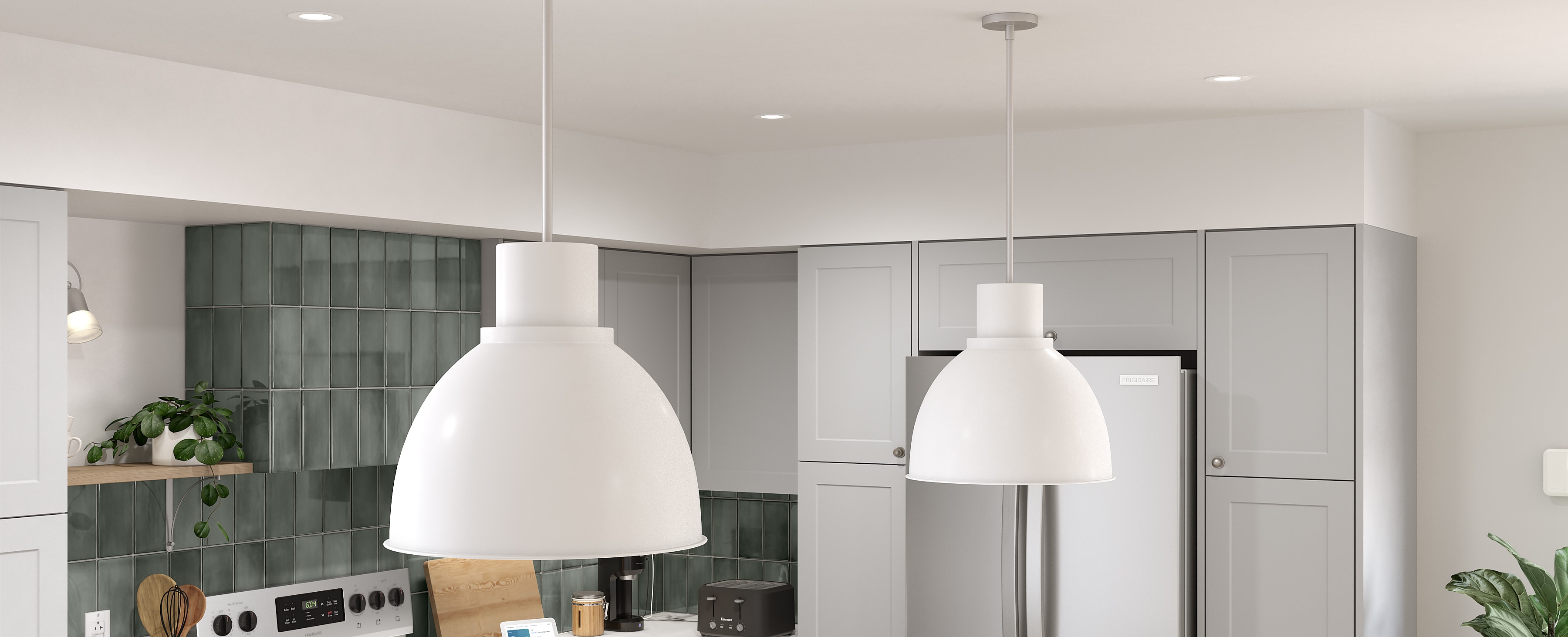Lighting Styles Complement the Kitchen Decor
Matching lighting fixtures to other kitchen furnishings is an effective way to achieve a cohesive decor. The most popular kitchen lighting styles are traditional, transitional, and contemporary.
- Traditional lighting products have decorative flourishes like carved and etched details. They are ideal for a kitchen with wood-tone surfaces.
- Transitional units are more subtle than traditional ones and have fewer embellishments. They look good in kitchens with furnishings of mixed styles.
- Contemporary lights have minimalist designs and polished finishes. This modern kitchen lighting also often uses integrated LED lights. They work well in a modern kitchen featuring stainless steel, chrome, and glass surfaces.
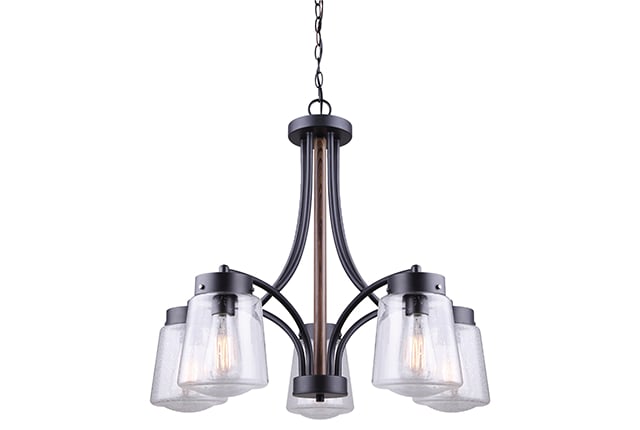 Traditional lighting
Traditional lighting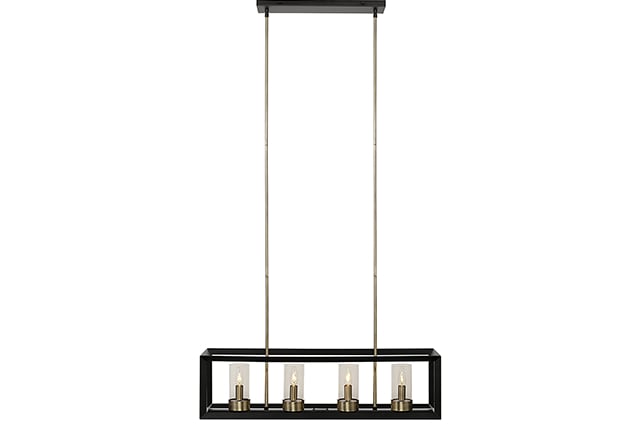 Transitional lighting
Transitional lighting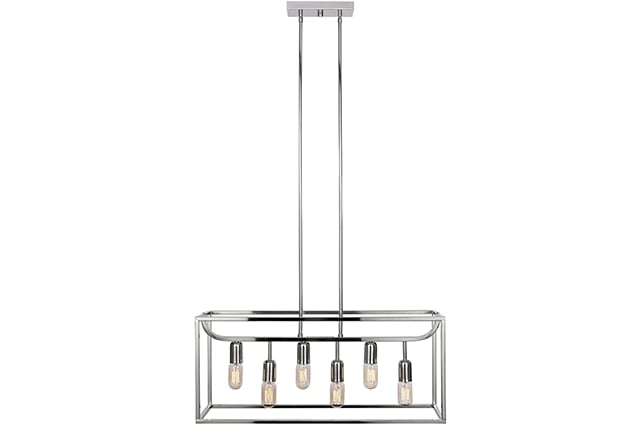 Contemporary lighting
Contemporary lighting

























